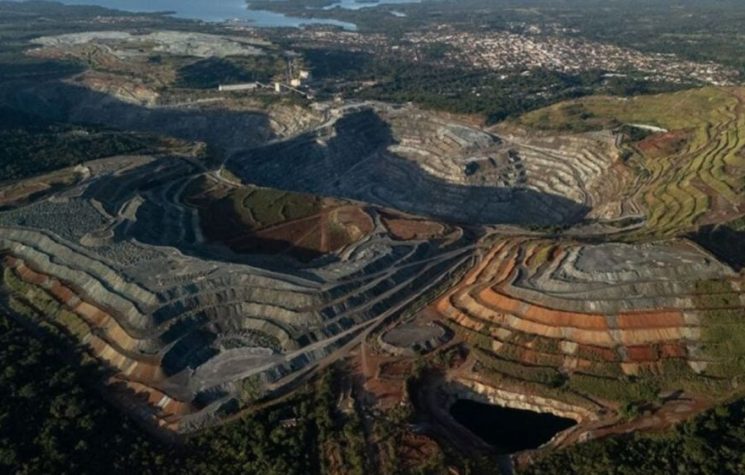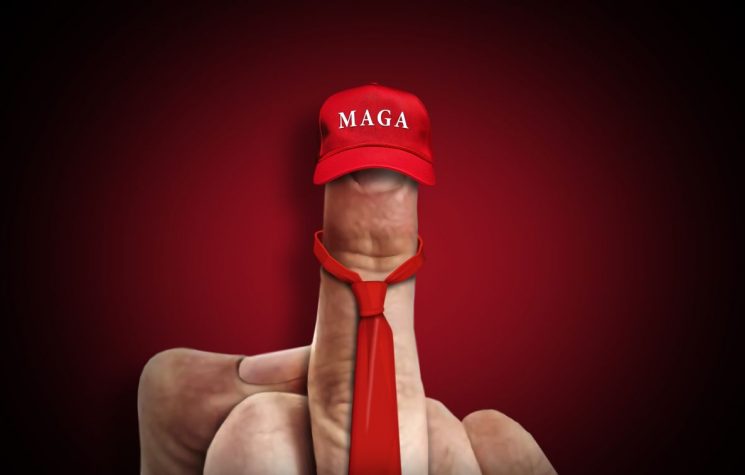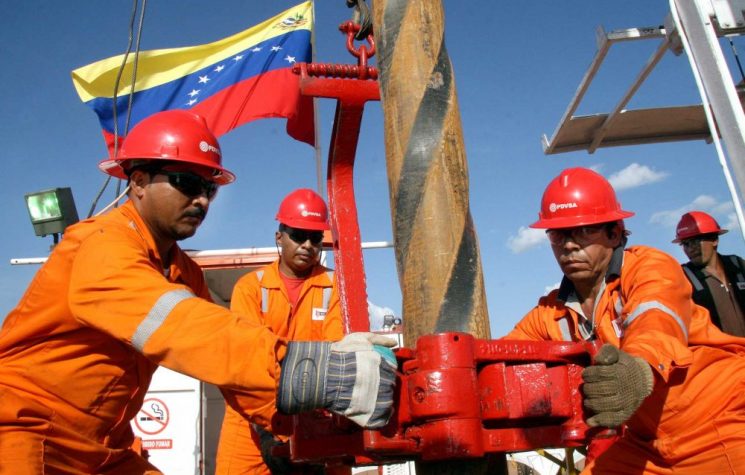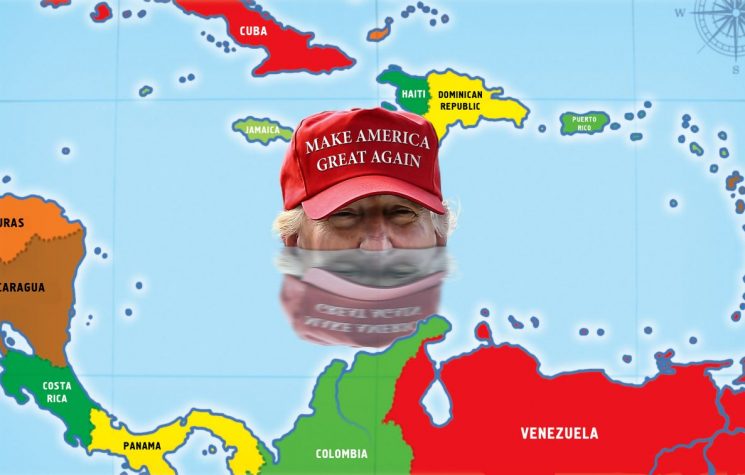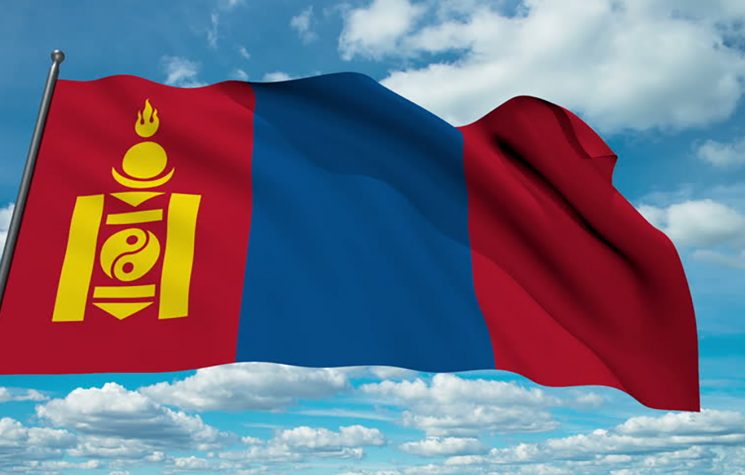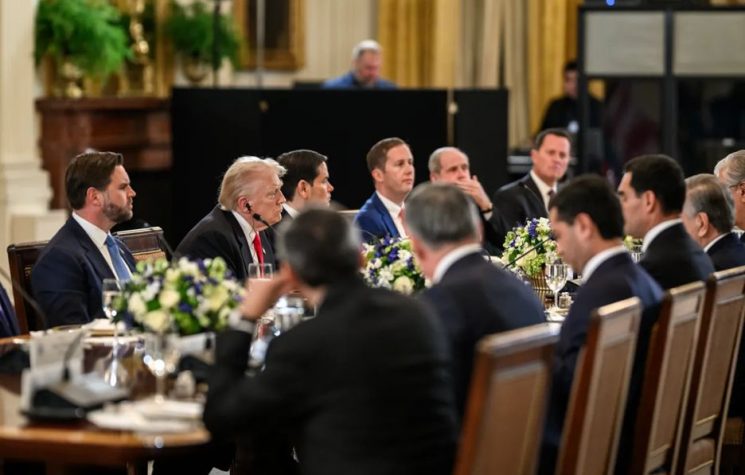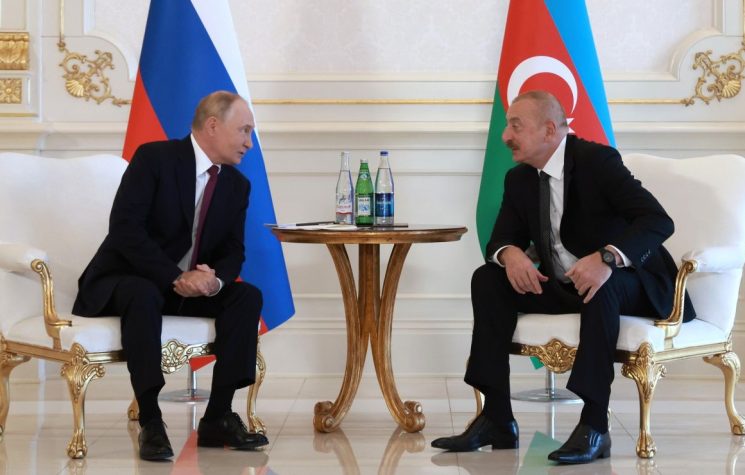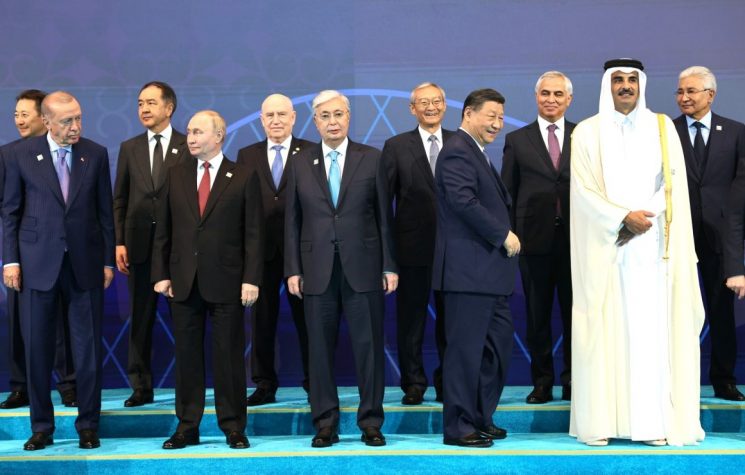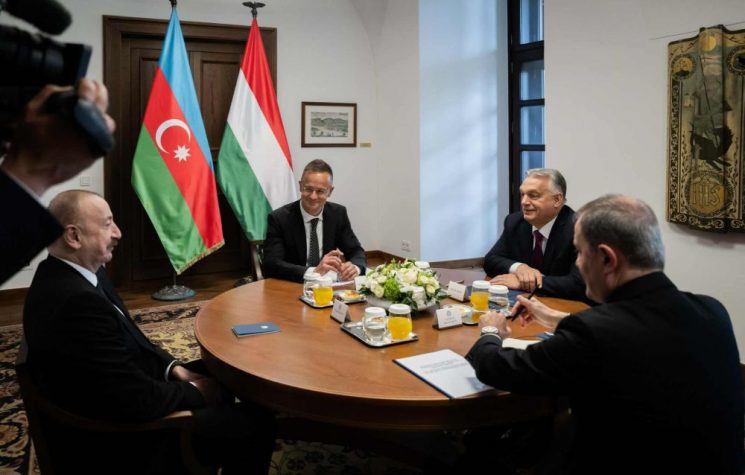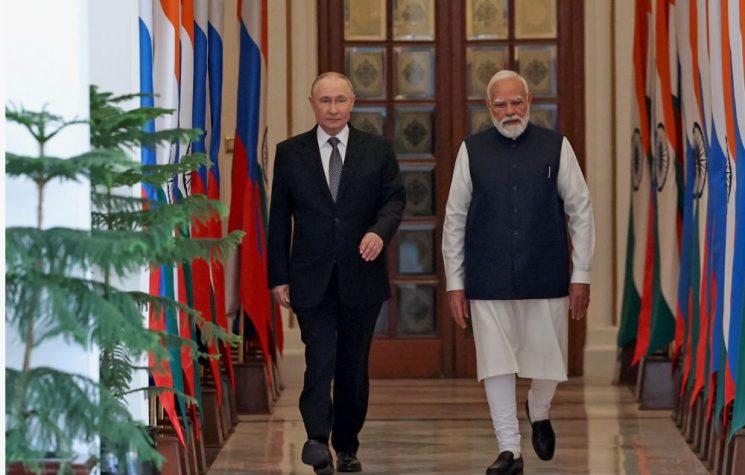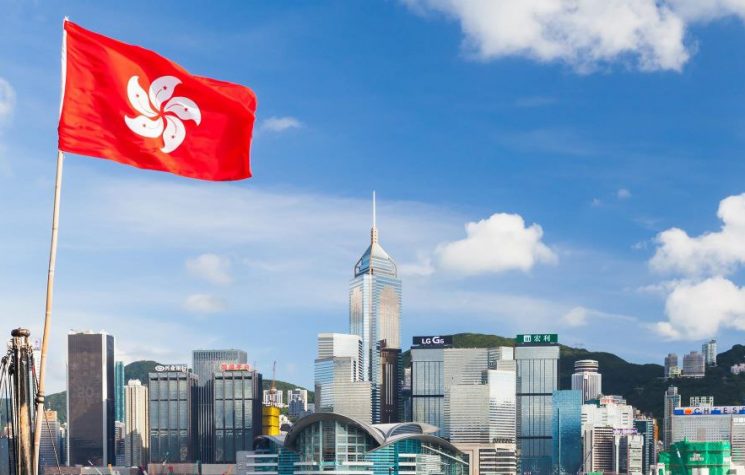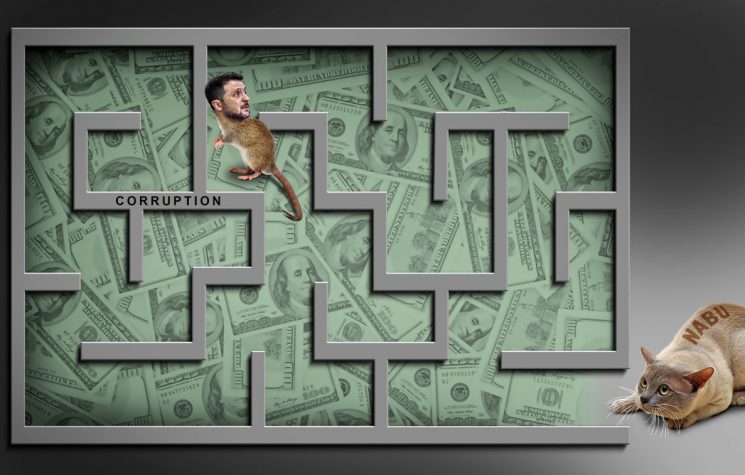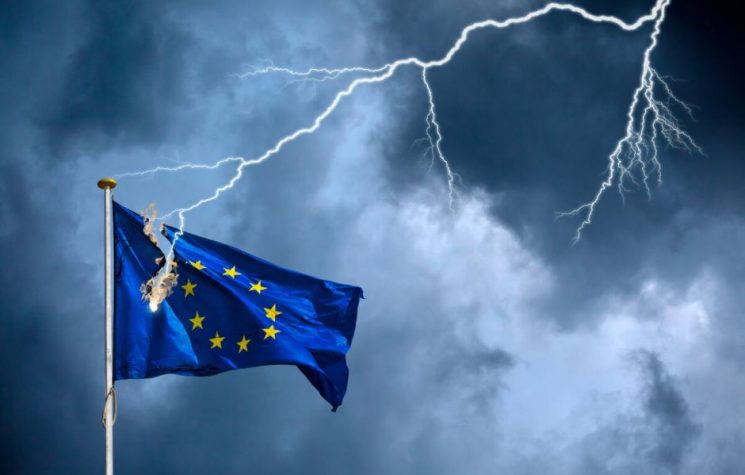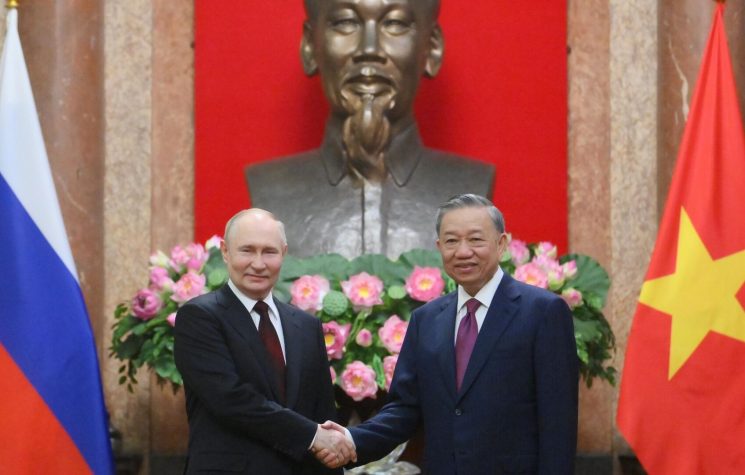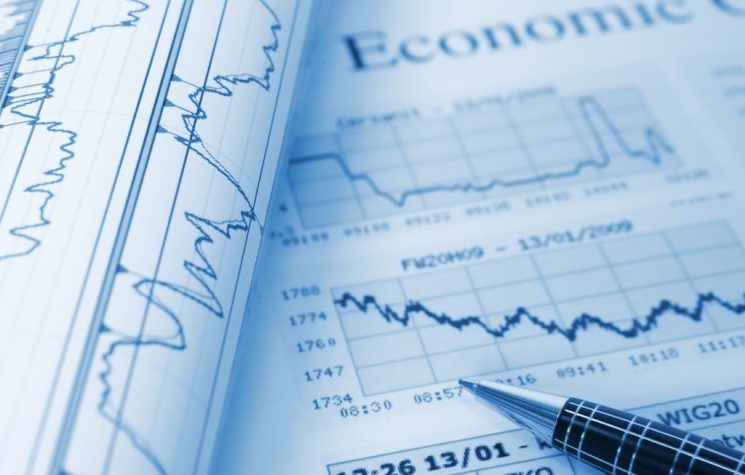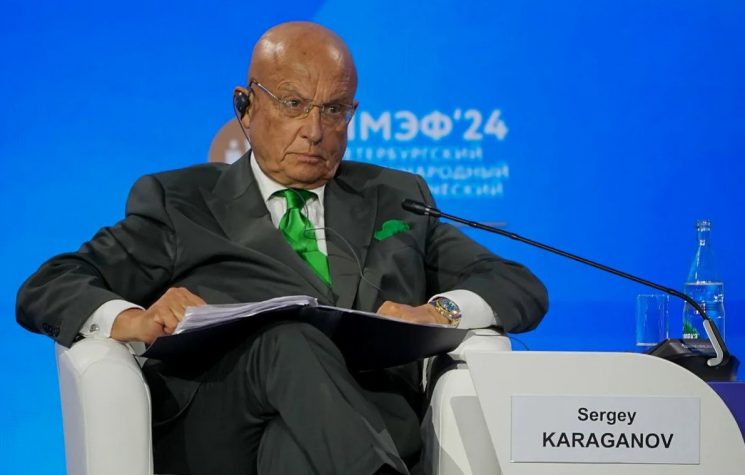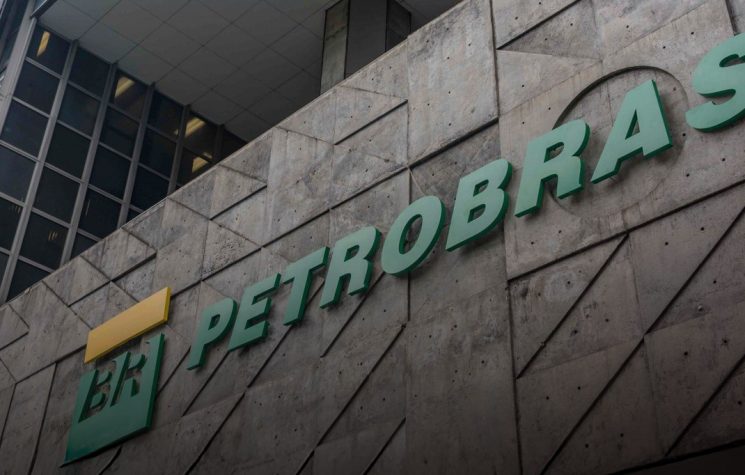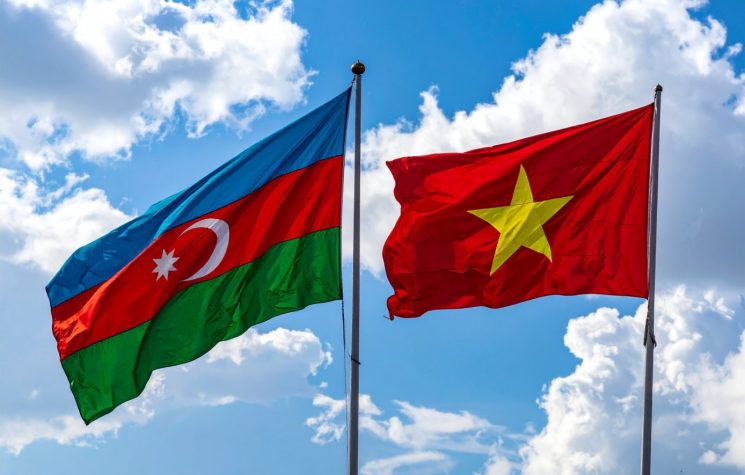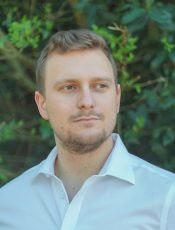Russia acts as the needle of the scales for military control of the region and this is essential to maintain a balance between the powers present and those further afield.
Contact us: info@strategic-culture.su
The development of new commercial and strategic networks finds a significant junction in the Caspian Sea. We are talking about the world’s largest lake, whose highly strategic location between Iran, Kazakhstan, Turkmenistan, Azerbaijan, and Russia, with its 371,000 square kilometres and a quite unique ecosystem, very diverse in biodiversity and a natural reservoir of inestimable value for economic and political cooperation between neighbouring countries.
Natural resources and energy security
The geopolitical landscape of the Caspian Sea region is intricate, with significant interactions between the five littoral states. Each country plays a crucial role in shaping the dynamics of this resource-rich inland sea. In 2018, an agreement was signed to legally demarcate maritime borders and share the management of natural resources, with a view to peaceful cooperation. Very important is the role of Iran, which has made it a strong point for the North-South Transport Corridor with Russia, a veritable new energy and trade channel between the two countries. Equally important is the management of Kazakhstan, which has made the Caspian Sea one of its strong points in economic management and international relations, especially for the processing and trade of hydrocarbons, so much so that it has boosted the energy sector to the point of making it once again the leading driver of the national economy. The seabed is rich in offshore gas and oil deposits. Russia competes with Kazakhstan for a north-south water strip, with a consensual division that, in fact, makes the two countries the leaders of the Caspian.
The region also boasts important non-fuel resources, including hydroelectric power, precious metals such as gold and silver, and minerals like iron, zinc, copper, uranium and bauxite. Not least, 90% of the world’s caviar production is located in the Caspian Sea. Major pipelines, such as the Baku-Tbilisi-Ceyhan pipeline and the Kazakhstan-China pipeline, are crucial for transporting these resources to Europe and Asia, underlining the strategic importance of the region in the international context. Further untapped potential can be found in tourism and fisheries: coastal cities such as Baku in Azerbaijan and Bandar Anzali in Iran are emerging as popular tourist destinations, offering beautiful beaches, historical sites and vibrant cultures. The development of these sectors would diversify the local economy, reducing its dependence on energy exports and promoting sustainable growth.
In this sense, regional cooperation follows the routes of the Caspian Economic Forum, which was inaugurated following the adoption of a geographical agreement that made the Caspian not a lake, as it could technically be defined, but a Sea, thus turning International Law in its favor on all levels (political, strategic and economic).
The new corridors
The fundamental turning point was the adoption of a shared strategy in economic matters by the coastal countries. Russia and Iran are the two main actores of the trade routes. As of the end of 2022, Moscow and Tehran have announced the launch of new trades, with 12 million tonnes of goods from ships to rail in Iran, thus bypassing the traditional routes through the Black Sea, but also facilitating capital and goods flows from the Mediterranean and the Red Sea moving eastwards.
The projects were launched with the promulgation of new laws on navigation and maritime transport, facilitating the passage of foreign trade ships, so as to rehabilitate the Volga-Don canal for which Russia has allocated $1 billion, thus enhancing transport to the Sea of Azov, the Don, the Volga and the connection with the port of Astrakhan. Iran has also invested in Russian ports and shipping companies: ten years ago, the Islamic Republic of Iran Shipping Company acquired a 53% stake in Astrakhan’s Solyanka. The investment, totalling USD 10 million and partly financed by Russian bank loans, included the purchase of a 270-container ship and the modernisation of quays and inland roads. It should be noted that Iran also opened a consulate in Astrakhan, with branches of the Mir Business Bank already present in Moscow and Kazan.
About the land route between Iran and Russia, it passes through Azerbaijan and Dagestan. The development of rail transport is a key economic and infrastructure priority for the countries in the region, as it increases the transit volume of goods and accelerates transport. Currently, the Astara-Baku-Dagestan route is the main transit corridor between Iran and Russia. For the rest, rail networks are lacking, for which Russia, Iran and also India are interested in upgrading the lines and have already financed a four-year upgrading project for the routes between the ports and the capitals.
The role of China
Recently, China has also expressed interest in the growth of Caspian Sea partnerships. Economic geography, defined as the use of economic instruments to defend national interests and achieve advantageous geopolitical outcomes, plays a central role in the emergence of a multipolar world. In this transformation process, the Caspian countries, together with China and India, will play a significant role.
China is promoting an initiative to integrate itself into a broader economic framework touching the Silk Road, which remains the largest trade route in Asia. The Belt and Road Initiative, which links Europe, Africa and Asia, passes through the Caspian Sea and affects all countries in the region. India, for its part, wants to exploit the North-South Transport Corridor to strengthen the routes that connect the Caspian to the Indian Ocean, revitalising an already historically present territorial collaboration between the various cultures and ethnic groups present.
Geo-economics exploits tools such as land and sea transport routes, neighbouring markets and political and geographical proximity to achieve relative gains in the economic, security, political and international spheres, in contrast to liberal economics, which views trade as a means to maximize economic gains.
Through strategic investments in infrastructure, energy and transport corridors, the Caspian Sea region is expected to become a major economic hub capable of sealing Central Asian cooperation and fostering diplomatic and strategic relations between neighbouring countries. In this sense, the Caspian Sea becomes crucial to secure a balance for India, which still experiences strong Western influence, and for Kazakhstan, a fast-growing country that is the object of strategic interest from the United States of America and other European states.
Russia acts as the needle of the scales for military control of the region and this is essential to maintain a balance between the powers present and those further afield; added to this is Iran’s proactive role in enhancing connectivity, and the integration of China and India into these economic frameworks could amplify the geo-economic potential of the region, transforming the Caspian Sea into a dynamic international corridor for trade and investment.











